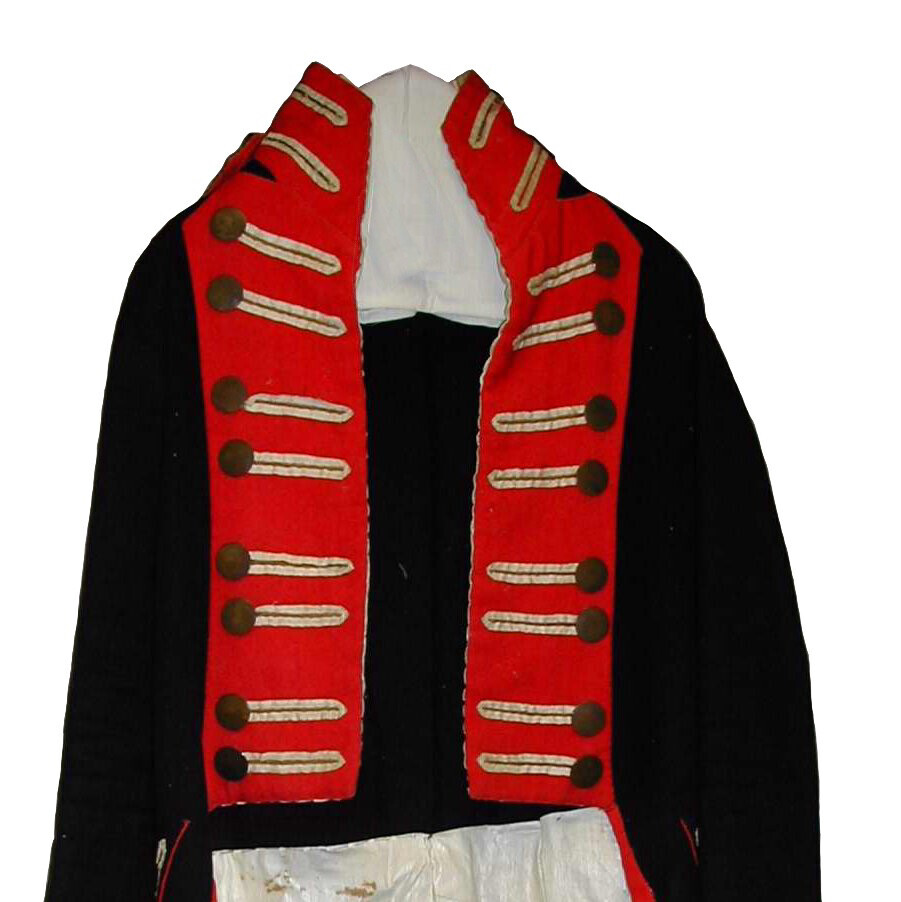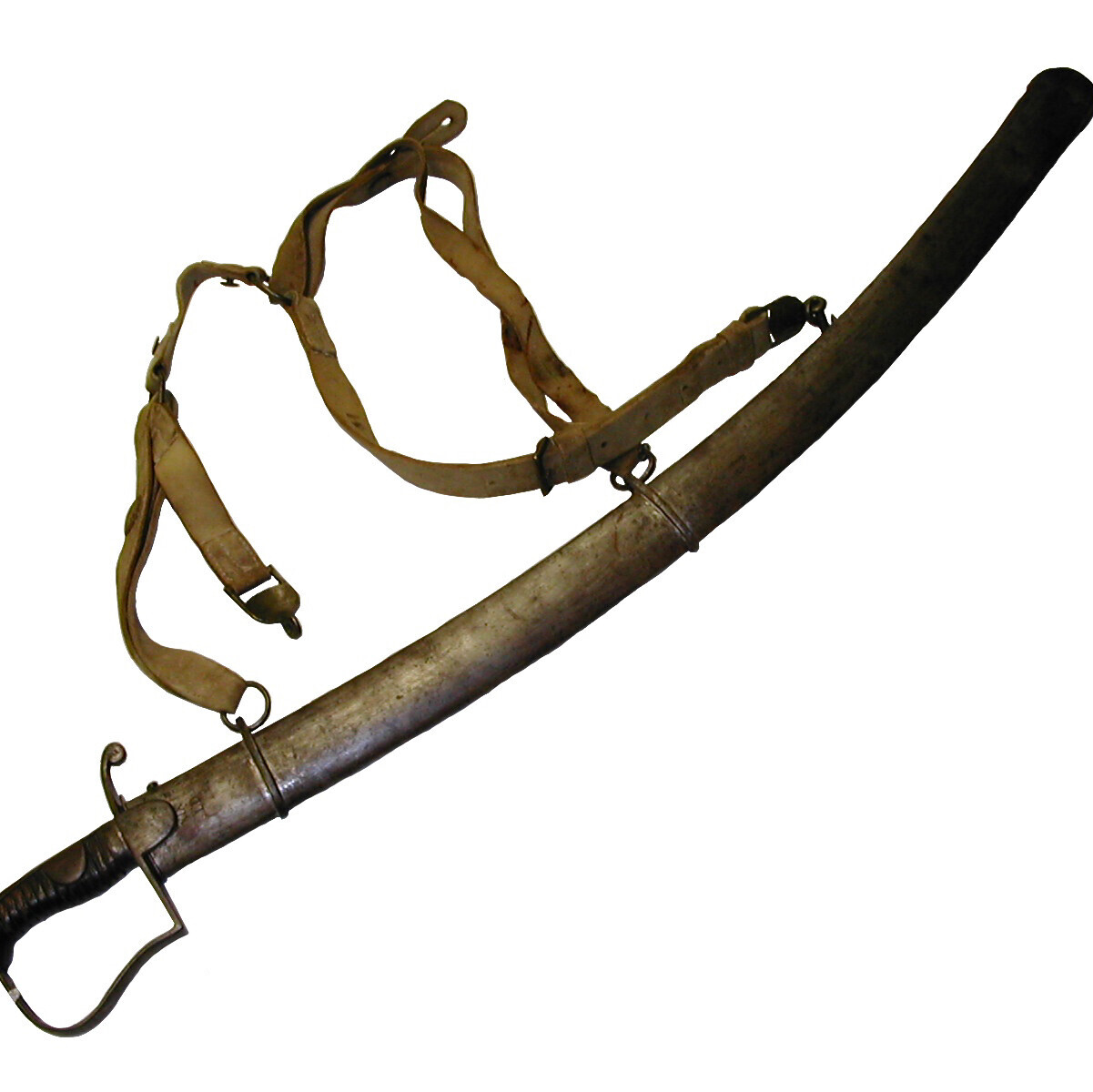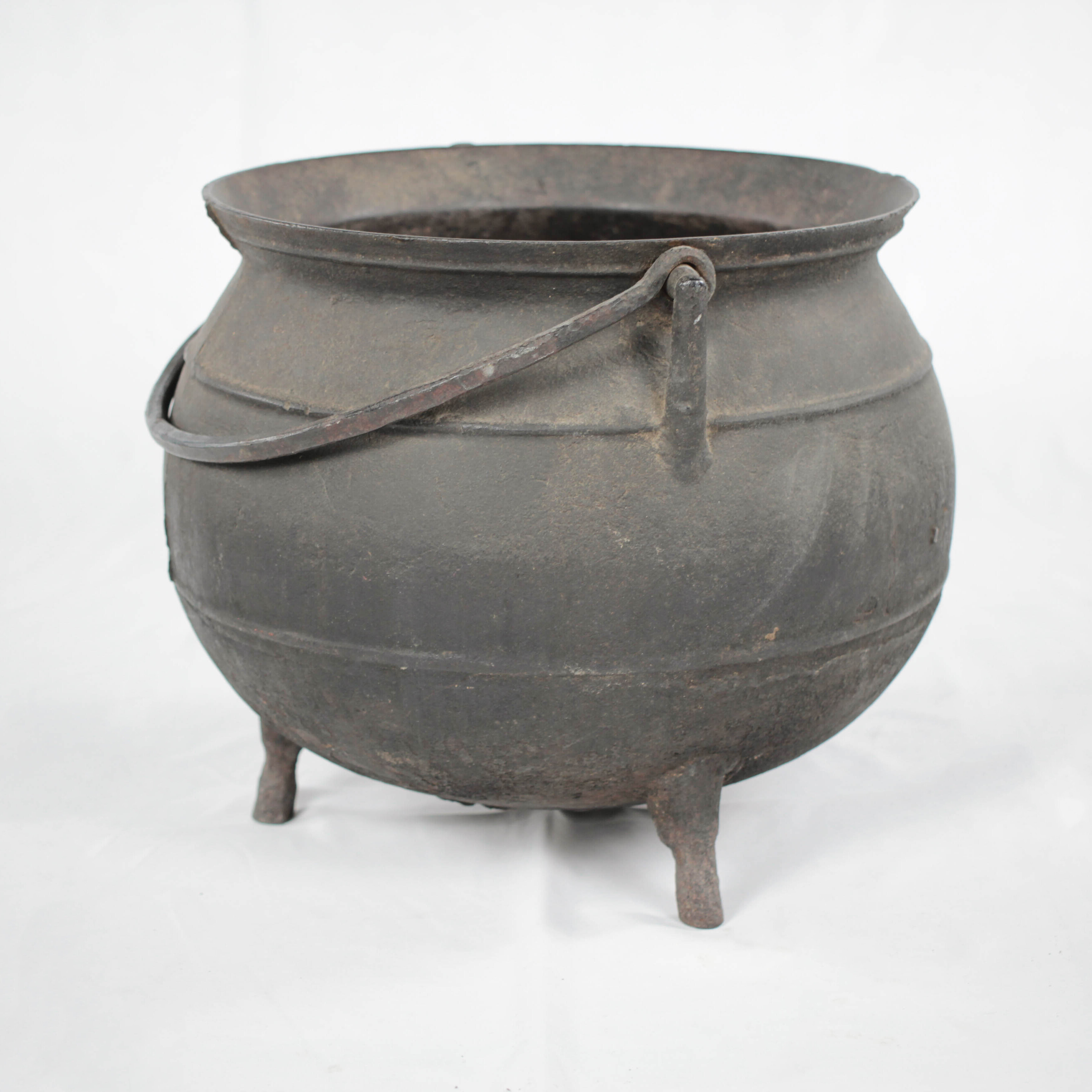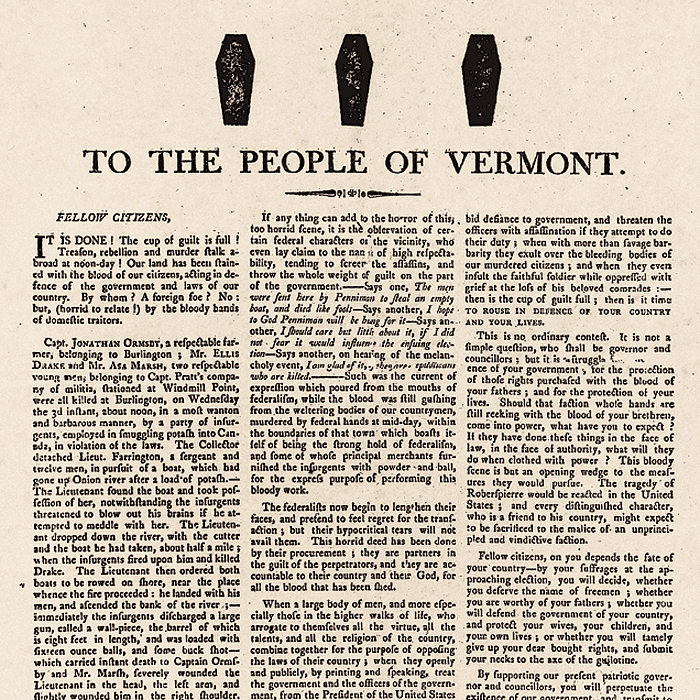New Frontier: The Fourteenth State

It was not a certainty in 1777 that Vermont would become the fourteenth state in the Union. America was still at war and victory wasn’t assured. New York, an important part of the American effort, wasn’t going to give up title to the Grants without a fight. Vermont didn’t improve its chances of acceptance when it began negotiating with Great Britain to become part of greater Canada. The American Congress was suspicious of the new republic and became even more frustrated when Vermont tried to annex more lands—this time from New Hampshire.
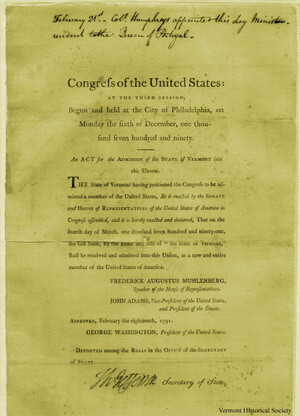 Negotiations continued through the 1780s. Finally, in 1790 New York and Vermont settled their long-standing differences over the Grants. In January 1791 Vermont delegates met in Bennington and ratified the U.S. Constitution. On March 4, 1791, Vermont was accepted into the United States of America, as the fourteenth state.
Negotiations continued through the 1780s. Finally, in 1790 New York and Vermont settled their long-standing differences over the Grants. In January 1791 Vermont delegates met in Bennington and ratified the U.S. Constitution. On March 4, 1791, Vermont was accepted into the United States of America, as the fourteenth state.
The War of 1812
Vermonters reluctantly supported the War of 1812. The federal trade embargoes stopped all legal trade with Canada, stunting Vermont’s commerce. War with Great Britain made Vermont a battle zone, with the Champlain Valley a familiar battlefield. Political parties again were split, with Jeffersonian Republicans in favor of war, and Federalists in opposition.
Vermont’s governor, Federalist Martin Chittenden, Thomas’s son, caused a stir when he recalled the Vermont militia from New York in 1813, where it was supporting federal troops. He believed the militia was needed in Vermont. The militia officers refused Chittenden’s order to return immediately, stating that they were needed to defend the Union, and criticized Chittenden for playing politics. The Vermont militia returned to New York in 1814 and played a key role in America’s victory at the Battle of Plattsburgh. Chittenden lost his bid for reelection.
Images: (top) Act of Congress document declaring Vermont a state. Signed by Thomas Jefferson, then Secretary of State.
(bottom) Print of Commodore Macdonough’s Victory and Battle of Plattsburg.
This page was originally created as part of the Vermont Historical Society’s Freedom & Unity exhibit in 2006. Some materials may have been updated for this 2021 version.
